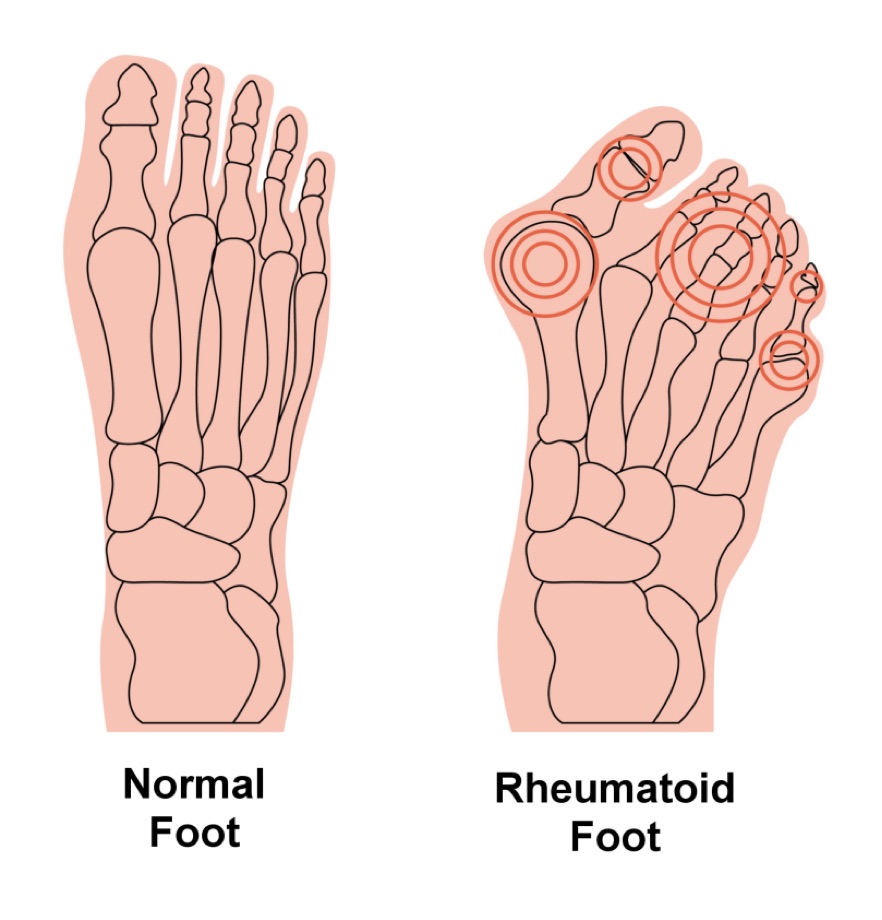Bone and Nerves
Bone Health| Bad Health Challenges Of The Bone4
Common Bone Disorders
The phrase “Common Bone Disorders” encompasses a variety of conditions that can compromise the structure and strength of our bones. Under this broad classification, we find diseases like osteoporosis, osteoarthritis, rheumatoid arthritis, and Paget’s disease of the bone. Osteoporosis, in simplest terms, is the condition of having fragile bones, increasing the risk of fractures.
Osteoarthritis, alternatively, is the wear and tear of joint cartilage, leading to discomfort and reduced movement.
Rheumatoid arthritis, an immune-mediated disease, can cause inflammation and harm to the joints.
Paget’s disease inflames the bone, resulting in odd bone growth and formation, and finally weak and distorted bones. It’s important to comprehend these ubiquitous bone disorders for early symptom recognition, timely medical intervention, and to ensure overall bone well-being.
Osteoporosis
Osteoporosis, a prevalent bone disease, is defined by decreased bone density and bone tissue deterioration. This condition is predominant in older adults, especially post-menopausal women, though it is not exclusive to them—it can occur in men and younger individuals as well. As the bones grow weak and fragile due to osteoporosis, there’s an increased chance of fracture. Age, genetic predisposition, changes in hormones, and lifestyle choices like poor nutrition and lack of physical activity contribute to the onset of osteoporosis. To safeguard the health of bones and avert osteoporosis, it’s crucial for one to incorporate a nutrient-rich diet bursting with calcium and vitamin D, involve oneself in regular weight-bearing exercises, and abstain from smoking and too much alcohol intake. Early detection and proper management are key in minimizing the progression of osteoporosis and in turn, reducing fracture risks.
Osteoarthritis
Often referred to as degenerative joint illness, osteoarthritis is a widespread condition impacting bone health. It’s characterized by cartilage within the joints deteriorating over time, leading to symptoms such as discomfort, rigidity, and restricted movement. This deterioration results in the surfaces of the bones rubbing directly against each other. The disease can strike any joint, with the knees, hips and hands typically being the most susceptible. While the root cause of osteoarthritis remains unclear, experts believe a combination of hereditary, environmental and mechanical aspects may play a part. Age, obesity, injuries to the joints, and consistent joint stress are understood to be key risk factors for developing the condition. Despite the absence of a cure, the primary goals of osteoarthritis management are mitigating pain, bettering joint functioning, and escalating the patient’s quality of life. Available treatment avenues may span medication, physiotherapy, weight management, and the usage of certain aids to enhance joint performance. Implementing lifestyle changes, such as undertaking regular physical activity and maintaining a balanced weight, can significantly aid in both managing existing osteoarthritis and staving off more severe progression.
Rheumatoid Arthritis

Rheumatoid arthritis, a persistent autoimmune disorder, majorly involves our body’s joints. This disease emerges when the immune system inadvertently inflicts an attack on our own body’s tissues, which gives rise to inflammation and eventual joint damage. Not limited to affecting joints, rheumatoid arthritis also stirs up concern in the aspect of bone health. The inflammatory outcome brought about by this condition could result in bone tissue erosion and a heightened probability of getting osteoporosis. Likewise, chronic aches and restricted mobility from rheumatoid arthritis can promote a decline in physical activity, further jeopardizing bone health. Hence, it’s crucial for folks grappling with rheumatoid arthritis to coordinate closely with their healthcare providers and devise ways to control their condition and endorse bone health. Steps could include undertaking frequent exercise and maintaining a properly balanced diet brimming with calcium and vitamin D.
Paget’s Disease of Bone

Paget’s Disease of Bone, a long-term malady, is defined by irregular bone reshaping. This leads to bones that are enlarged and weakened, potentially resulting in discomfort, skeletal fractures, and deformations. While the precise origin of Paget’s Disease remains elusive, it’s thought to be a fusion of genetic and environmental influences. Primarily, the disease is prevalent in the elderly population, and it is more frequently found in males as opposed to females. The available remedies range from medicines that lower bone turnover, to managing the symptoms. Keeping a regular check and maintaining a regimen of follow-up care plays a crucial role in disease management and in stopping any potential complications from arising.
LOOKING FOR THE ULTIMATE SOLUTION FOR BONE DISORDER OR PAINS? CLICK ON THE IMAGE BELOW
OR CALL



